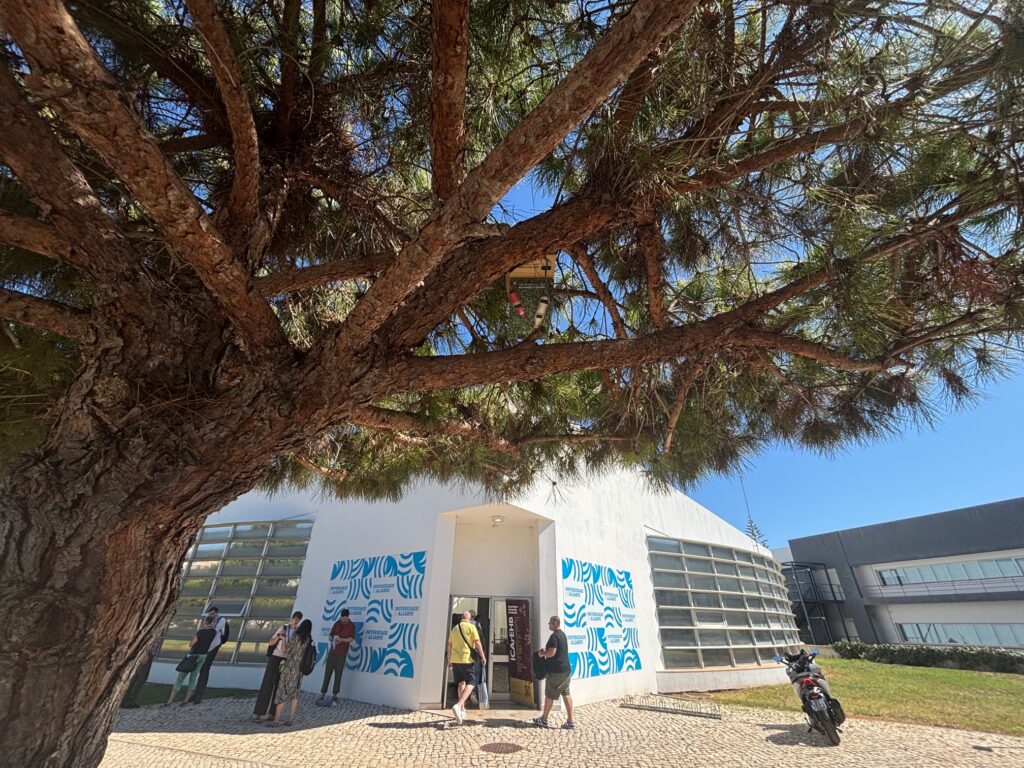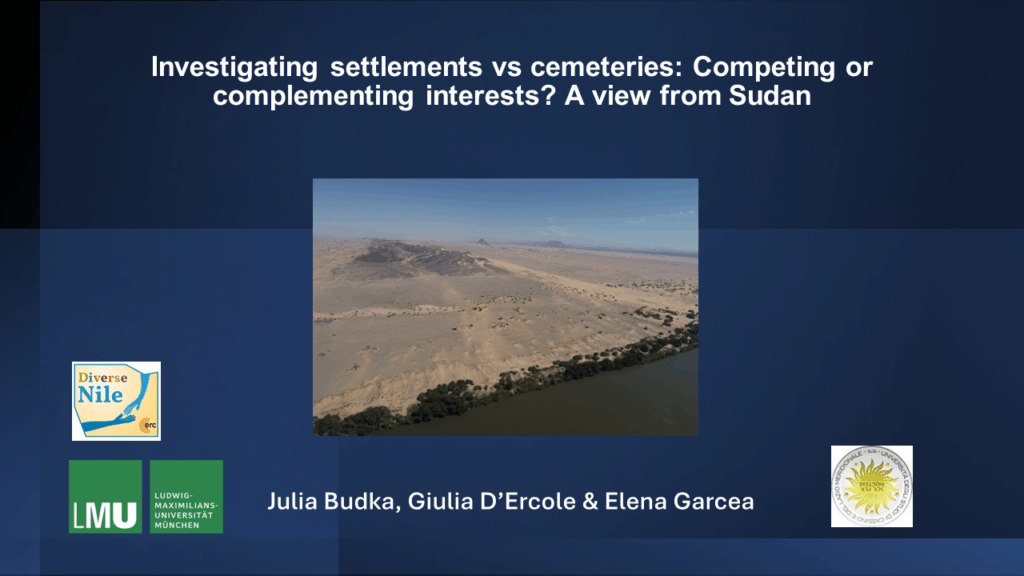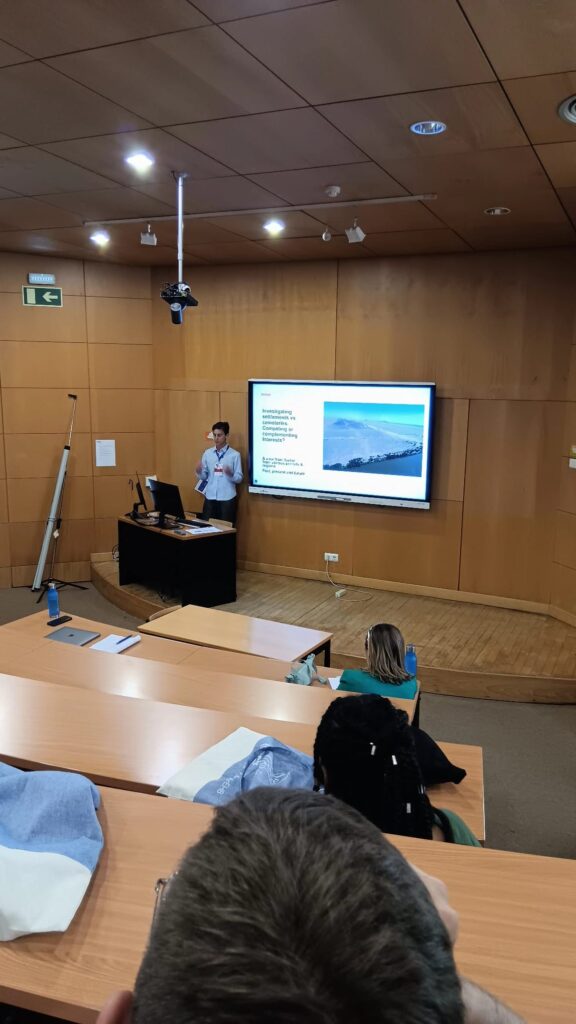Conferences often provide plenty of new ideas and social and scientific encounters, as well as fresh input. This was exactly the case last week when the DiverseNile team participated in the SAfA 2025 conference.
The 27th biennial meeting of the Society of Africanist Archaeologists (SAfA 2025) took place at the University of the Algarve in Faro, Portugal, from 21 to 26 July 2025. The venue was lovely, Faro is a beautiful place to visit in the summer. The meeting was a great success thanks to the excellent organisation and rich programme, which included excellent keynote speakers and a highly inspiring plenary event.

Alongside Elena Garcea and Giulia D’Ercole, I organised a session titled „Investigating settlements versus cemeteries. Competing or complementing interests? A View from Sudan“.

We considered this session to be relevant for the following reasons:
Firstly, there are some general aspects to consider. Throughout history, research in Sudan has clearly focused more on burials than on settlements. Cemeteries are considered the most significant social units, providing vital insights for archaeological interpretation and the reconstruction of social, economic, and gender patterns. Ideal case studies are those that include both settlements and cemeteries, although these are often not contemporary with each other.
Furthermore, there are also some personal reasons for organising this session. The three of us have worked on Sai Island and developed a longue durée approach that considers both settlements and tombs. My current DiverseNile project clearly links to this, combining an assessment of domestic and mortuary sites (building on what we have already done during the AcrossBorders project on Sai Island).

During our session, an impressive line-up of speakers (including our Sudanese friends and colleagues Ahmed Nassr and Mohamed Bashir) presented the various methodological and theoretical aspects, as well as the challenges and opportunities, of this field of study. Drawing on case studies from different regions of ancient Sudan, particularly the Middle Nile Valley, the Jezira plain and the hinterlands, the subject was explored in depth.
Case studies from the Mesolithic, Neolithic, Bronze Age, Meroitic, Post-Meroitic and Medieval periods were presented. We also discussed social patterns and cultural behaviours throughout history. This allowed us to link the assessment of settlement patterns with burial customs.
I am particularly pleased that Hassan Aglan discussed the relevance of the Kerma cemeteries within the MUAFS concession (highlightening our work at GiE 003), and that Chloe Ward presented innovative ideas regarding settlement patterns within the same area.
To conclude, our perspective on the topic is informed by observations from various periods and regions of Sudan. The session addressed the past, present and future of investigating settlements and cemeteries, an area in which much remains to be done.
We would like to thank all of our speakers, all participants and the organisers of SAfA 2025 again for now. Personally, I am already looking forward to the next meeting in 2027.
